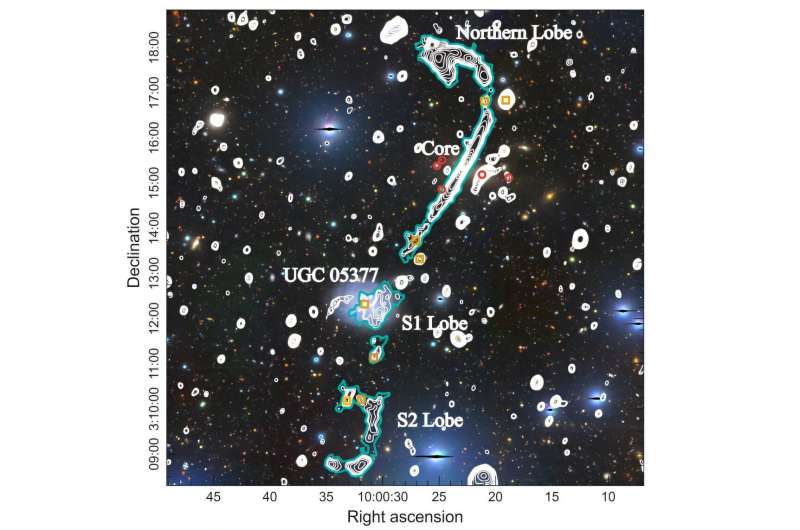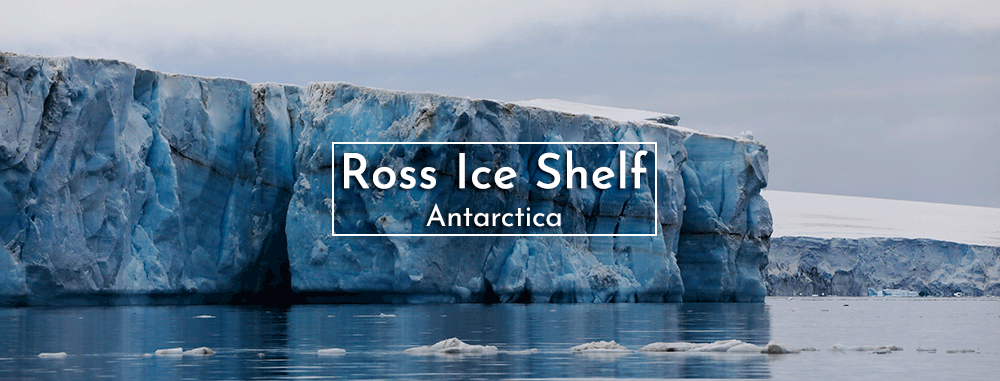MeerKAT Radio Telescope

- 08 Oct 2025
In News:
An international team of astronomers has recently used South Africa’s MeerKAT Radio Telescope to identify a new giant radio galaxy (GRG) within the COSMOS field, as part of the MeerKAT International GHz Tiered Extragalactic Exploration (MIGHTEE) survey. The discovery, published on November 11, offers valuable insights into the formation and evolution of radio galaxies and the large-scale structure of the universe.
About the MeerKAT Radio Telescope
- Location: Situated in the Northern Cape province of South Africa, MeerKAT is a world-class radio interferometer operated by the South African Radio Astronomy Observatory (SARAO).
- Origin: Initially conceptualized as the Karoo Array Telescope (KAT) with 20 dishes, its scope was later expanded to 64 dishes, leading to its renaming as “MeerKAT” (meaning “more of KAT”).
- Specifications: Each dish measures 13.5 meters in diameter, spread across a maximum distance of 8 km.
- Technology: Signals received by individual dishes are transmitted to a central processor, allowing them to function collectively as a single, high-resolution telescope.
- Purpose:MeerKAT is a precursor instrument for the Square Kilometre Array (SKA) — the world’s largest and most sensitive radio telescope project, aimed at exploring the origin and evolution of the universe.
- Significance: Currently, MeerKAT is among the most powerful radio interferometers operating at centimetre wavelengths, enabling detailed observations of distant cosmic structures.
About Radio Galaxies
A radio galaxy is a type of galaxy that emits intense radio waves extending far beyond its visible boundaries. These emissions typically arise from jets and lobes of plasma produced by the galaxy’s active galactic nucleus (AGN), which is powered by a supermassive black hole.
The interaction of these jets with surrounding matter generates synchrotron radiation, making such galaxies prominent sources of radio emissions in the cosmos.
The Discovery: MGTC J100022.85+031520.4
Using MeerKAT’s advanced capabilities, astronomers identified a new giant radio galaxy (designated MGTC J100022.85+031520.4) within the COSMOS field.
Key Characteristics:
- Host Galaxy: Elliptical galaxy SDSS J100022.85+031520
- Redshift: Approximately 0.1034
- Size: About 4.2 million light years in projected length — qualifying it as a Giant Radio Galaxy (GRG)
- Mass: Nearly 93 trillion solar masses
- Radio Power:597 ZW/Hz at 1,284 MHz
- Age: Estimated 1 billion years
- Jet Power: Around 1 million QW
- Location: Identified as the Brightest Cluster Galaxy (BCG) within the galaxy cluster WHL J100022.9+031521
This makes it one of the few (around 4%) known GRGs that exist within a cluster environment rather than in isolated regions.
Ross Ice Shelf

- 25 Apr 2024
Why is it in the News?
New research has found a "missing piece of the puzzle" of West Antarctic Ice Sheet melt, revealing that the collapse of the ice sheet in the Ross Sea region can be prevented—if we keep to a low-emissions pathway.
About Ross Ice Shelf:
- The Ross Ice Shelf is a floating mass of land-ice, with a front between 15 and 50 meters high. ?
- It is the largest ice shelf in Antarctica.
- Situated in the Ross Sea, it extends off the coast into the ocean, covering an impressive 487,000 square kilometers, roughly the size of France.
- Despite its vast surface area, only 10% of the ice shelf is visible above the water, mostly concealed beneath hundreds of meters of ice.
- The thickness of the Ross Ice Shelf varies significantly, ranging from about 100 meters to several hundred meters at its thickest points near the areas where the shelf connects to the Antarctic continent.
- The formation of the Ross Ice Shelf is the result of snow accumulation and compaction over time, which ultimately transforms into ice.
- It is continuously fed by glaciers draining from both the East and West Antarctic Ice Sheets, creating a balance as new ice is added while existing ice is removed through melting at the base and calving at the front.
- This massive ice shelf plays a critical role in stabilizing the Antarctic ice sheet.
About the Ross Sea:
- Location and Size: The Ross Sea is a vast, remote bay located just 320 km from the South Pole, positioned south and slightly east of New Zealand.
- It covers an area of approximately 370,000 square miles (960,000 square km), making it the largest polar marine ecosystem in the world.
- The sea's dynamics are significantly shaped by the coastal East-Wind Drift, which establishes a vast clockwise gyre, complemented by deepwater upwelling phenomena.
- Notably, it holds the distinction of being Antarctica's first protected area, serving as a habitat for a plethora of penguin species and numerous whale species.
- Depth: Despite its vast size, the Ross Sea is relatively shallow, with an average depth of approximately 530 meters.
- Historical Exploration: The sea is named after British explorer Sir James Clark Ross, who first visited the area in 1841 during his expedition to Antarctica.
- The Ross Sea's importance to both the scientific community and global conservation efforts cannot be overstated, as it provides valuable insights into the effects of climate change on polar ecosystems.
